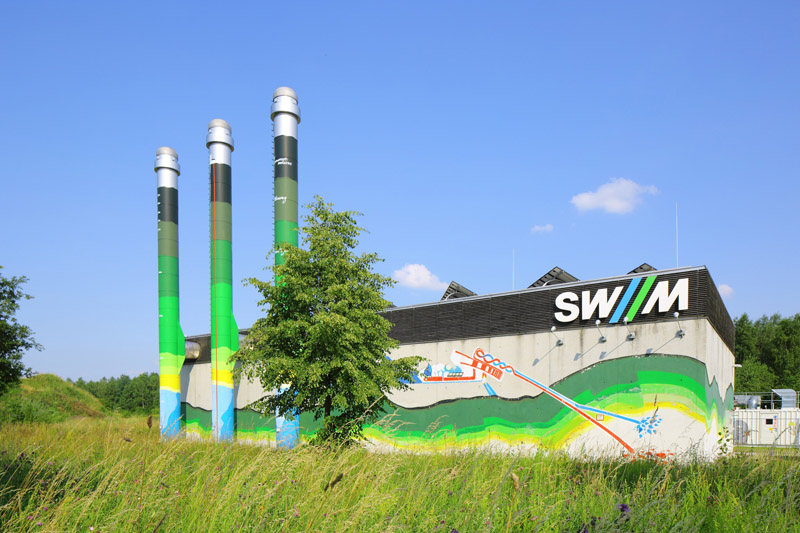A new study by the Germany-based Leibnitz Institute for Applied Geophysics (LIAG) suggests that geothermal energy is of central importance in the conversion of the German heat supply away from fossil fuels to renewable energy sources. In order to achieve national climate goals, numerous immediate measures, such as an expansion of geothermal energy, in combination with a reduction in energy demand, for example through the renovation of buildings, are necessary.

Around three quarters of the heat consumed in Germany currently comes from fossil fuels such as natural gas, oil and coal. 33.4% of the total consumption is for space and water heating, resulting in a total consumption of 87 to 89 tons of CO2 per year for this sector. Therefore, there is large savings potential for both the generation of heat and its use. According to the study released now by the LIAG – a summary evaluation of existing potential studies – geothermal energy in particular offers a promising opportunity to increase the proportion of renewable energies in the overall heat consumption. Currently, only around 1.5% of the eco-heat is obtained with this technology – only 10% of the renewable energy comes from geothermal energy.
The Leibnitz Institute for Applied Geophysics further argues that without a time-limited, drastic expansion of near-surface, medium-deep and deep geothermal energy by 2045, there will be a supply gap of at least 138 terawatt hours per year.
According to Prof. Dr. Inga Moeck, head of the geothermal department and author of the study, could use technologies that are already established in the sector to cover 42 percent of the eco-heat for space heating and hot water. In order to achieve this, various measures must be taken: On the one hand, the proportion of ground-coupled heat pumps from near-surface geothermal energy is to be increased from the current almost 30 to a good 50 percent.
These are significantly more effective than the previously more prominent air heat pumps, especially in winter, which would save 4 terawatt hours per year. On the other hand, efforts should be made to replace gas, oil and coal heating systems with geothermal heating. However, these measures would have to go hand in hand with savings in the overall heat requirement, initially by three percent per year and from 2030 by one percent per year, which is to be achieved through building renovations and modernization of the heating networks.
